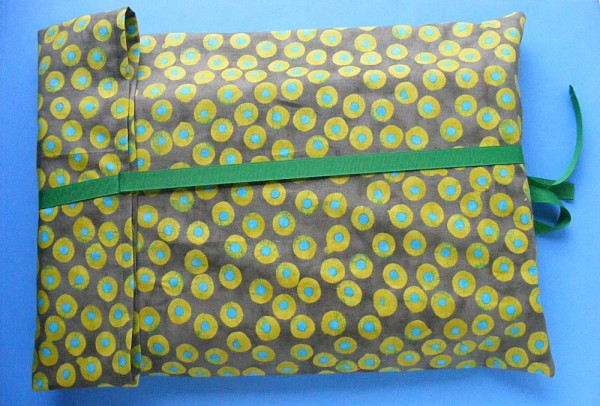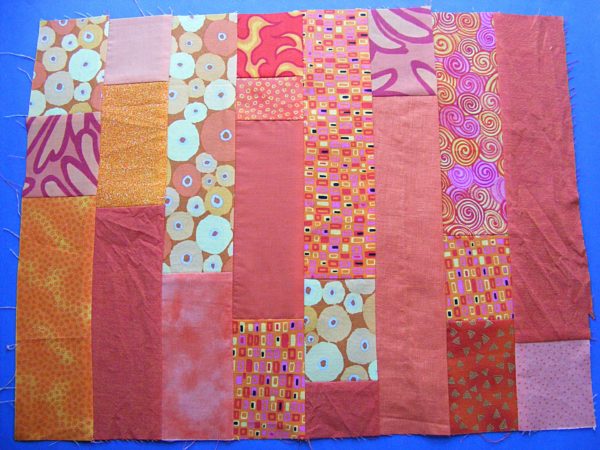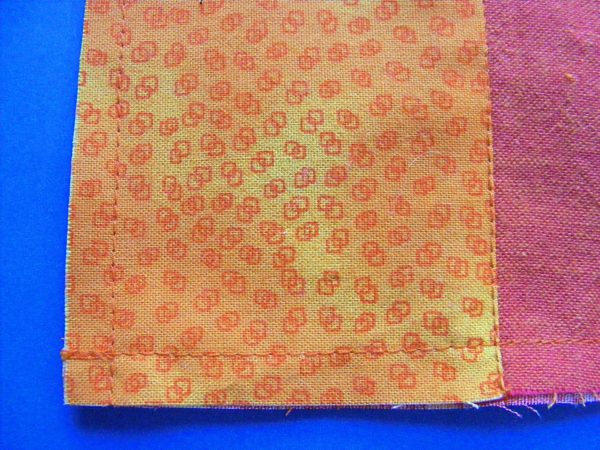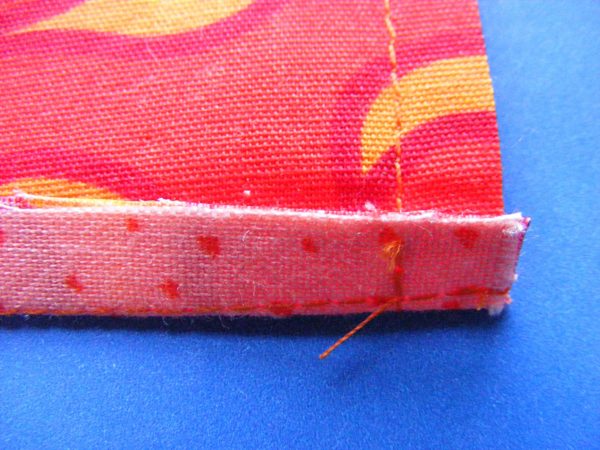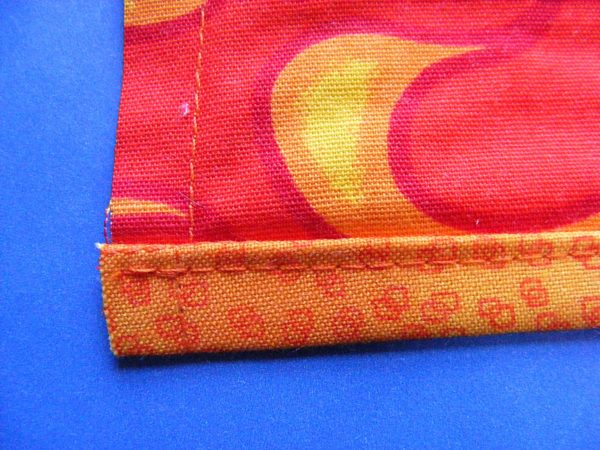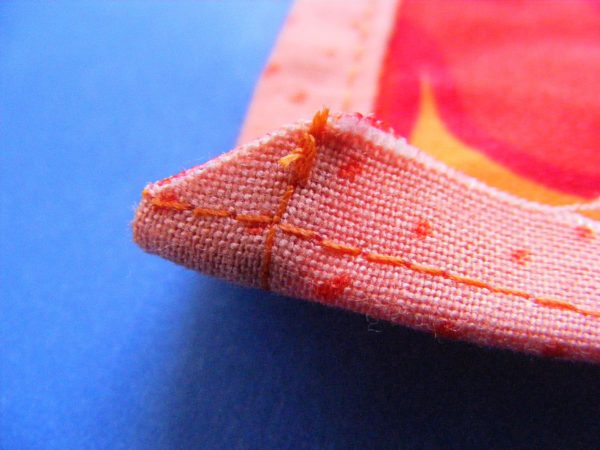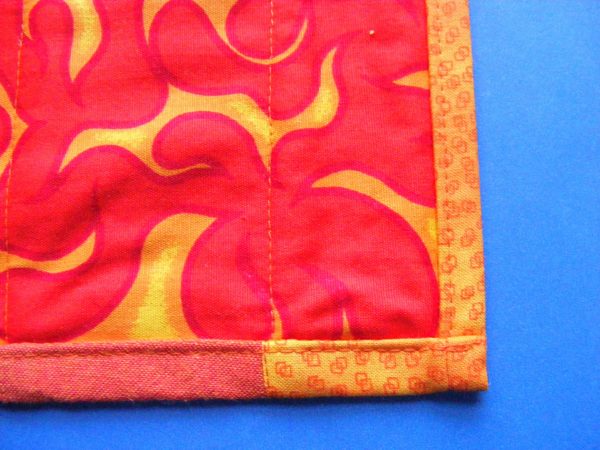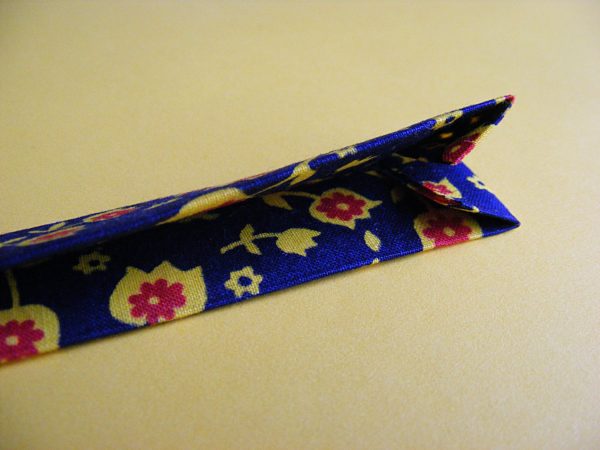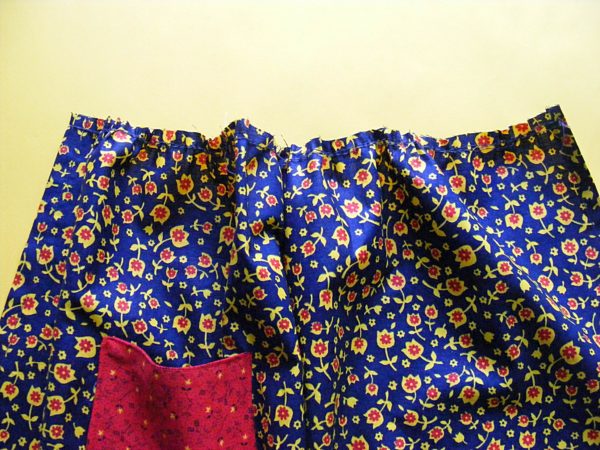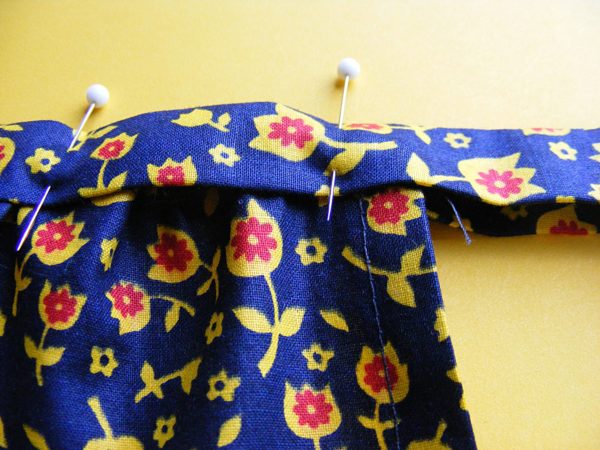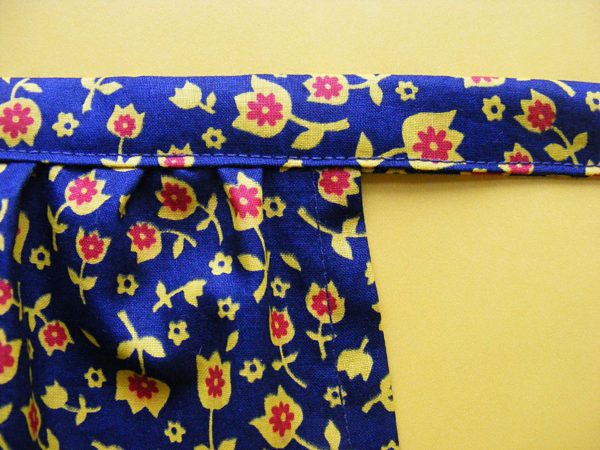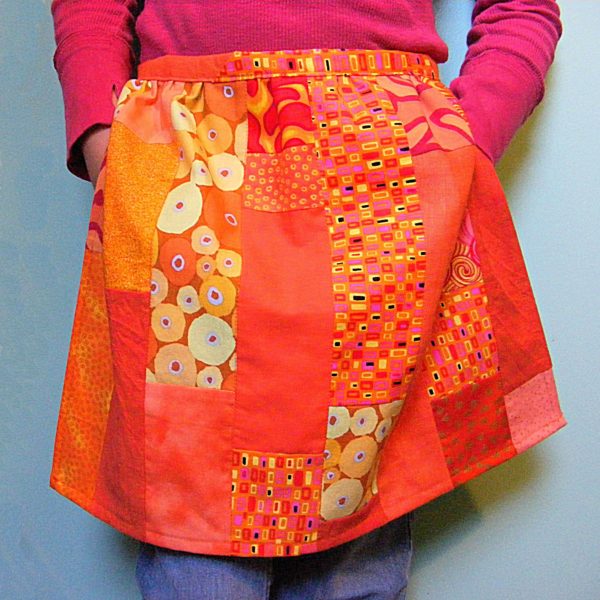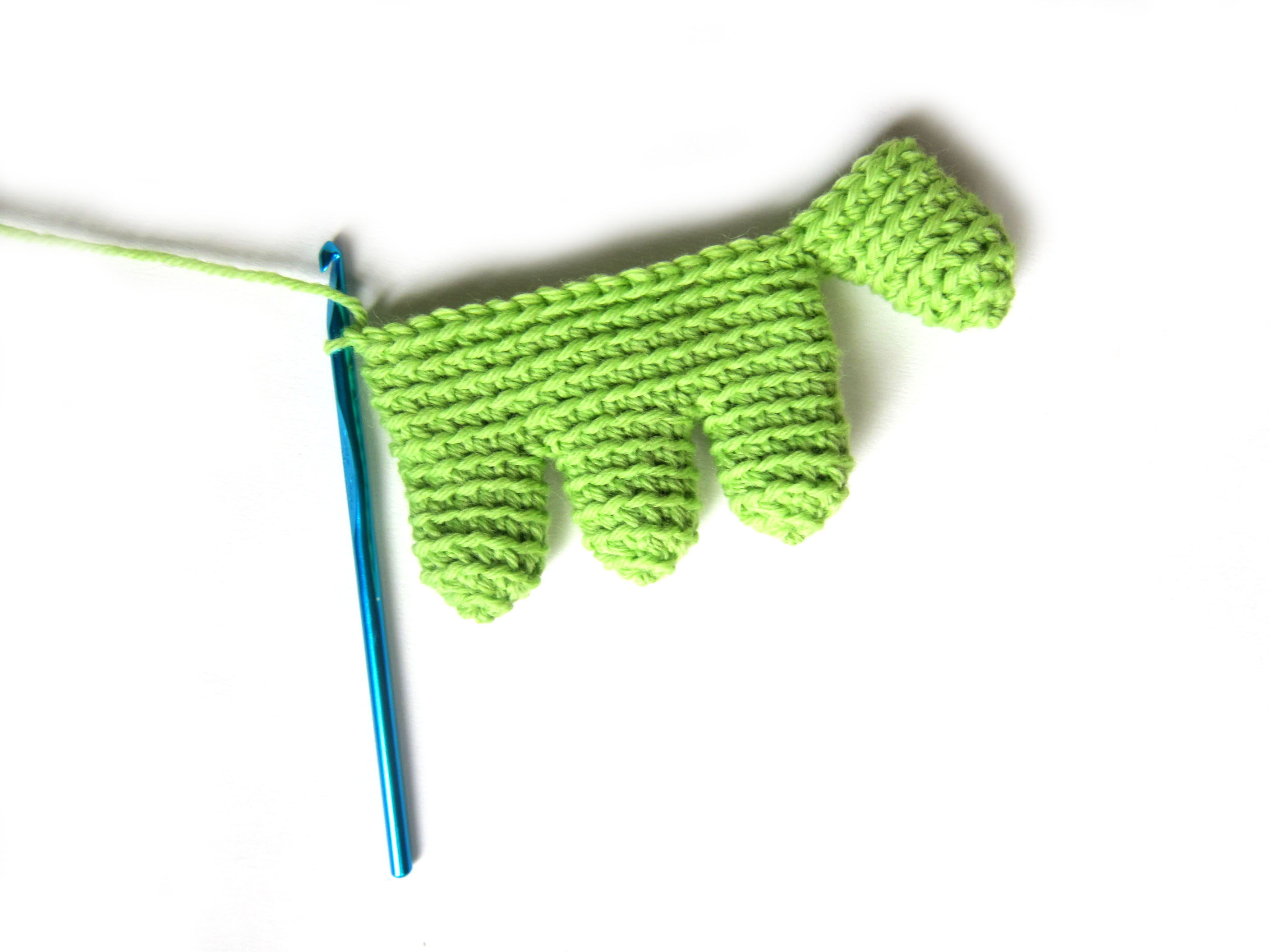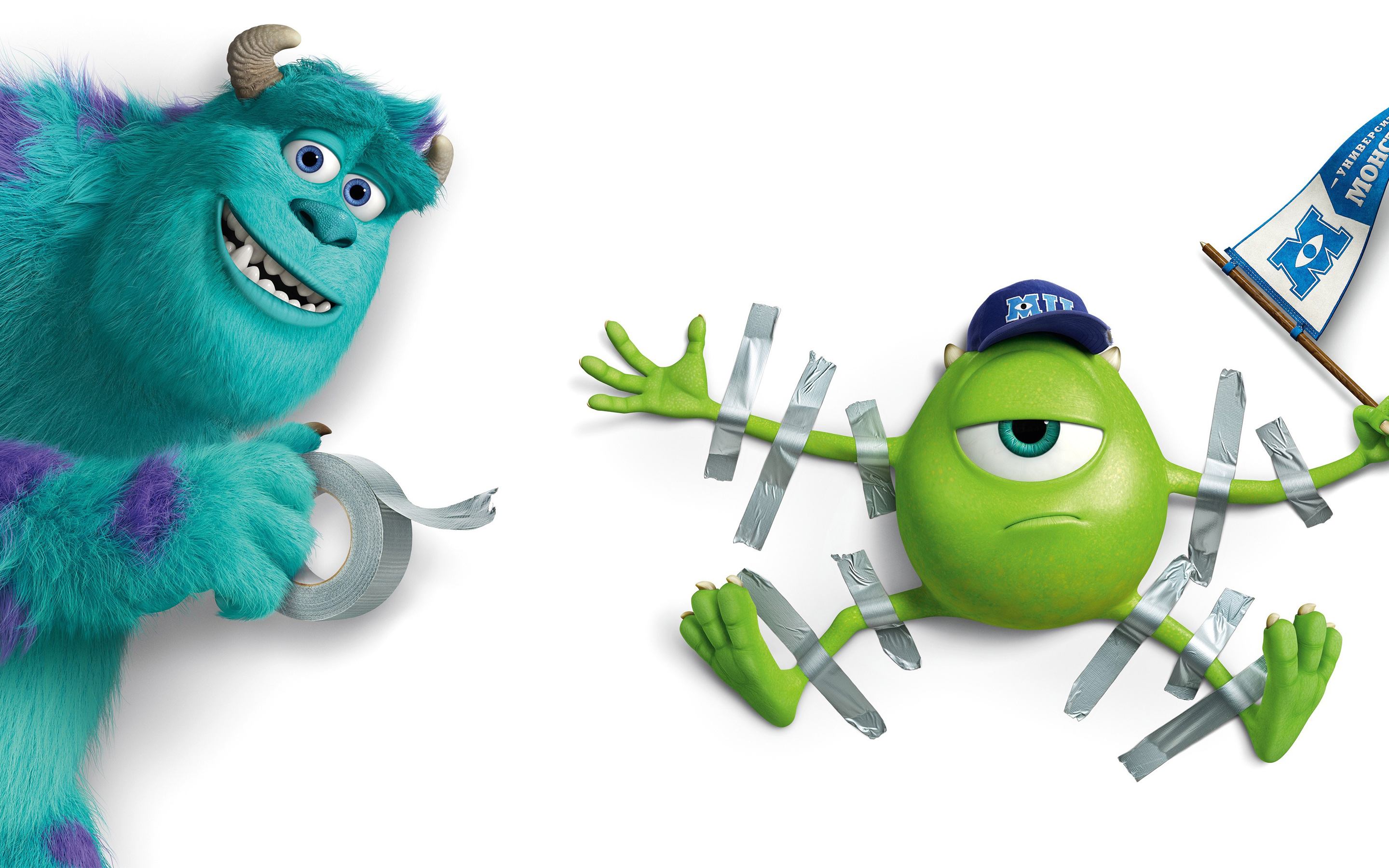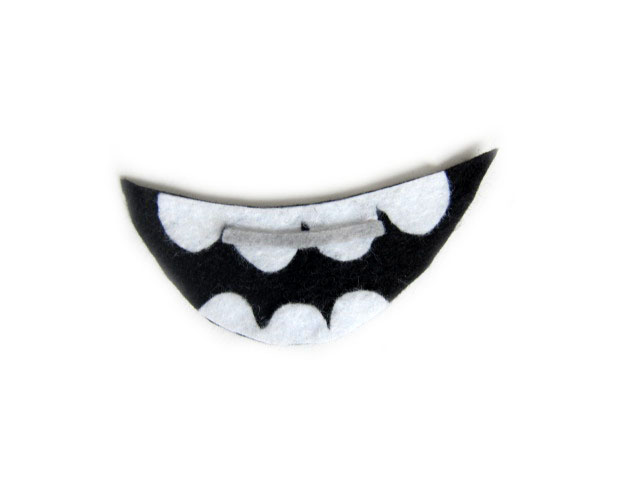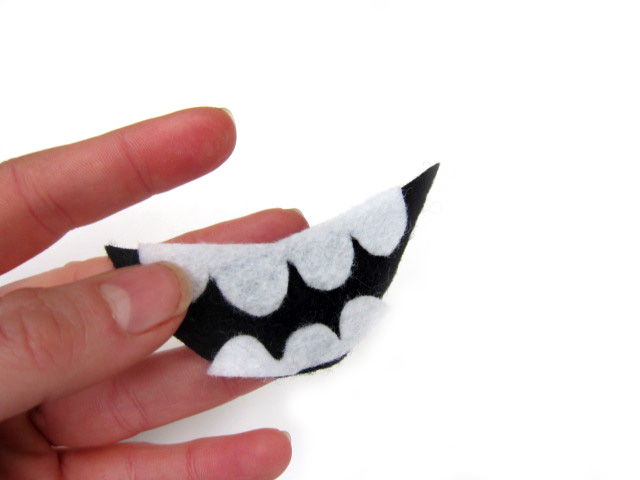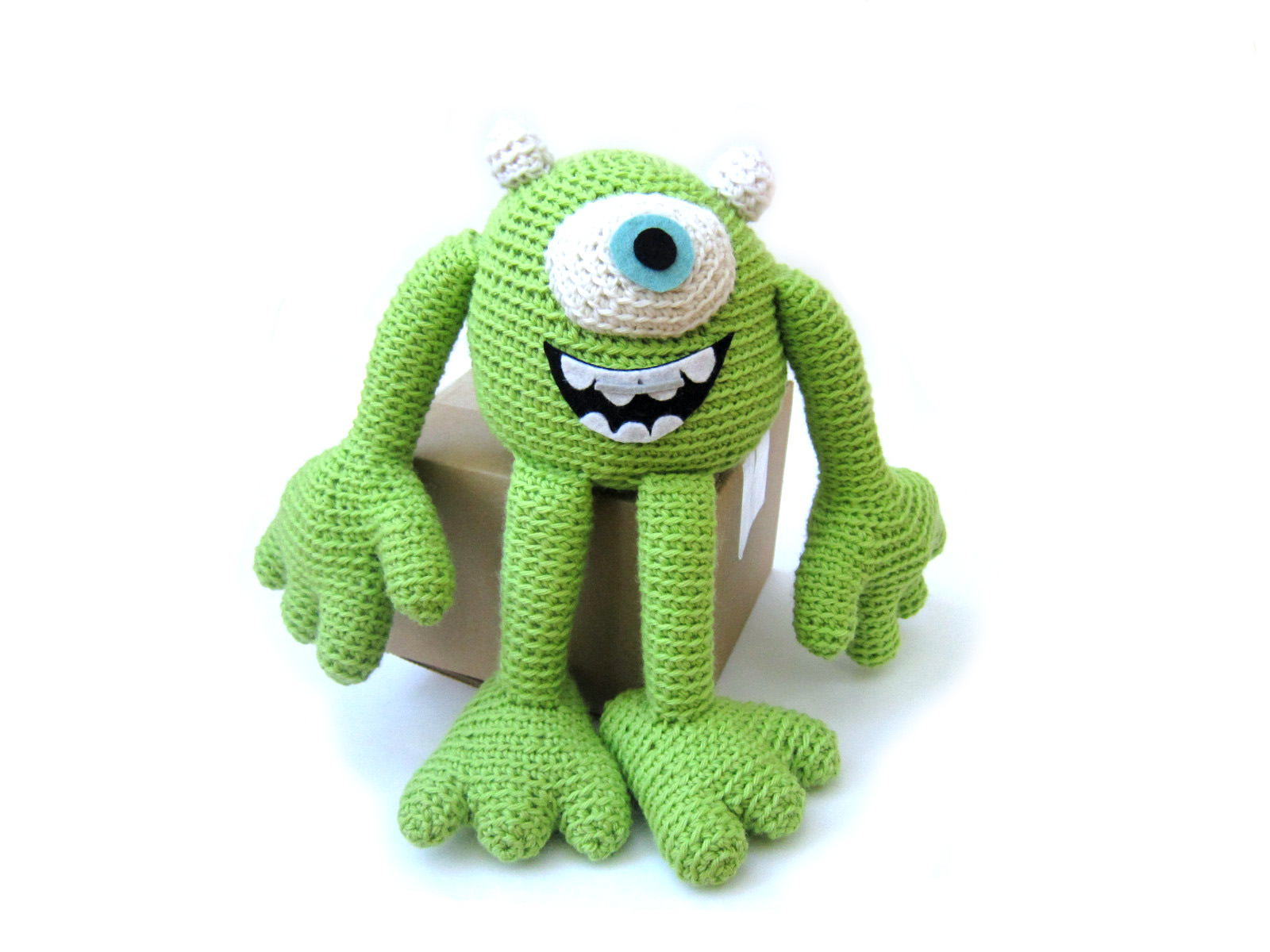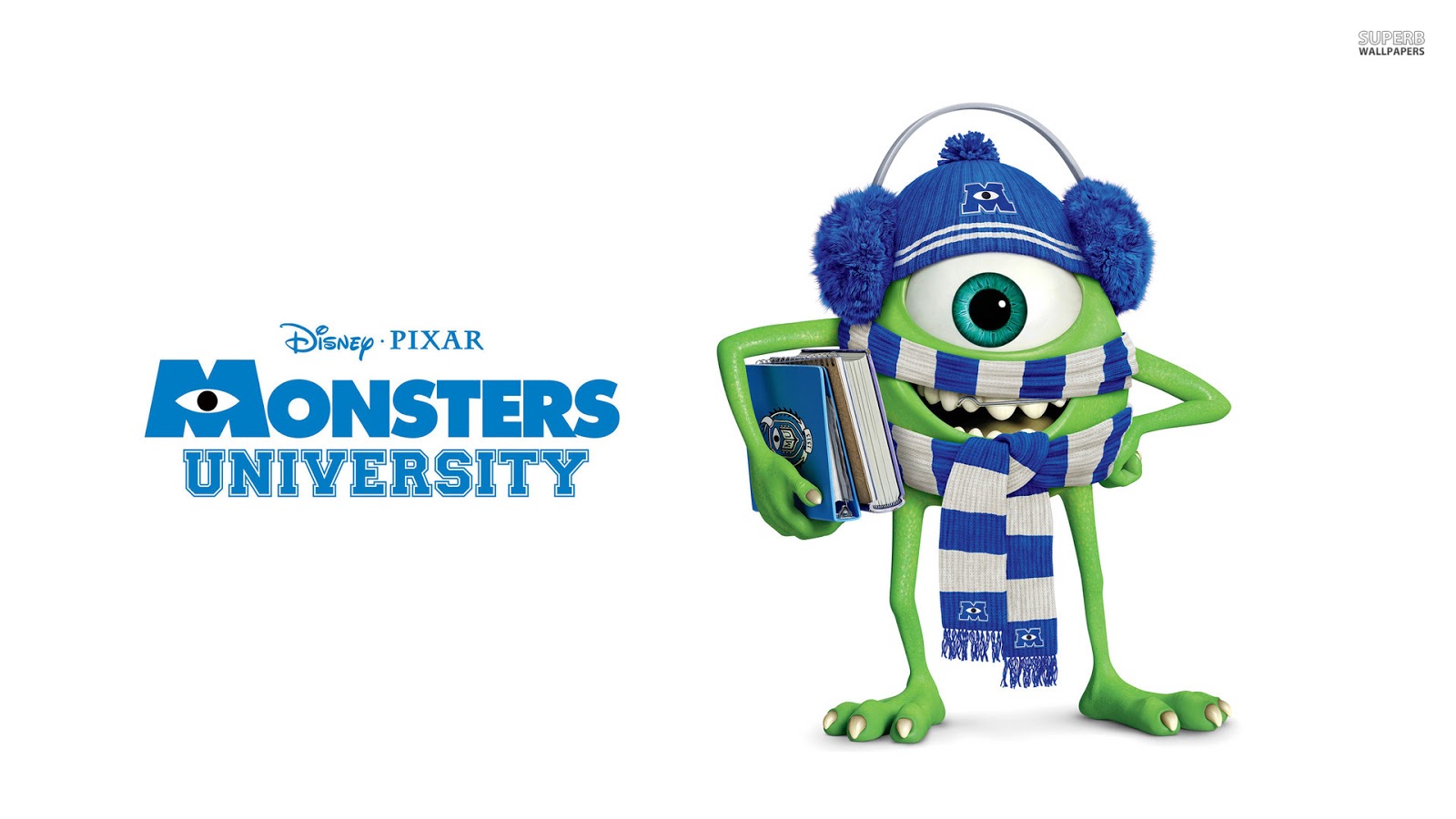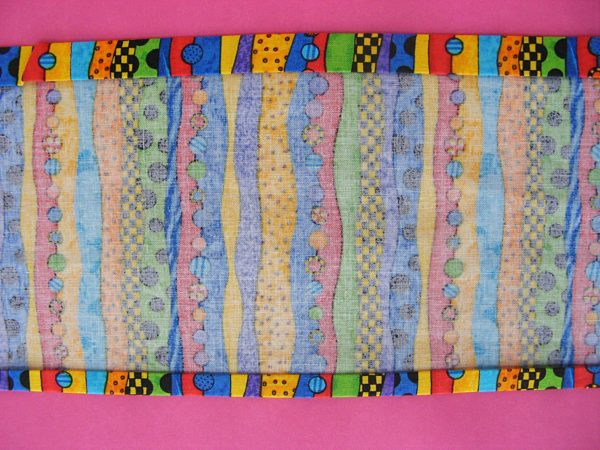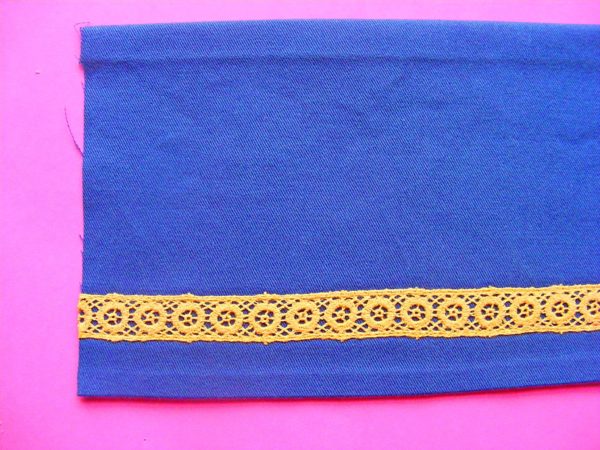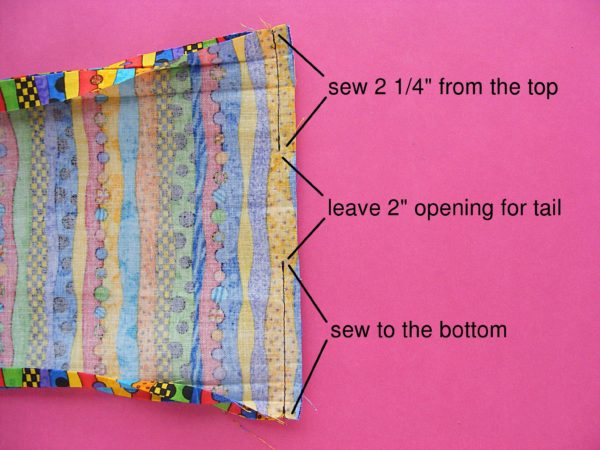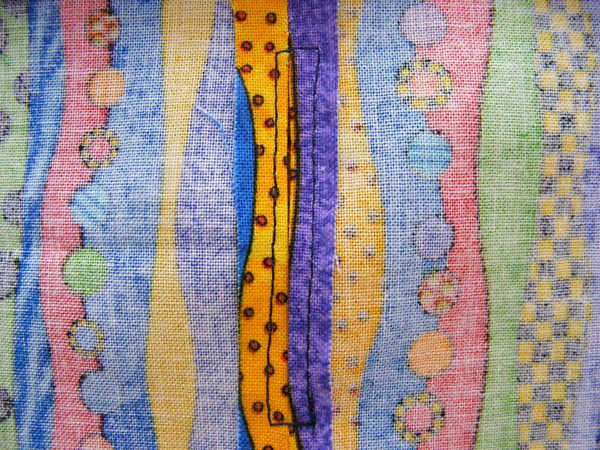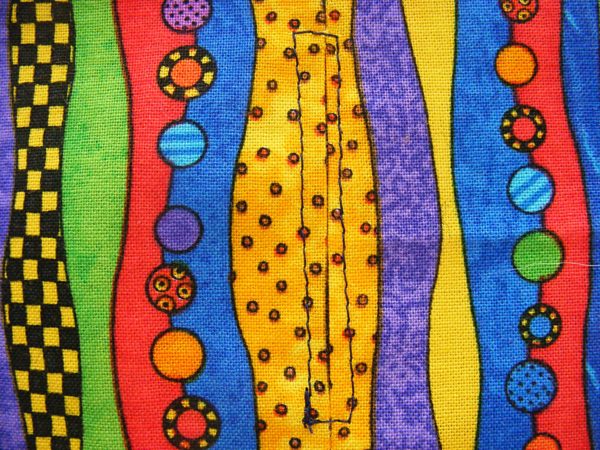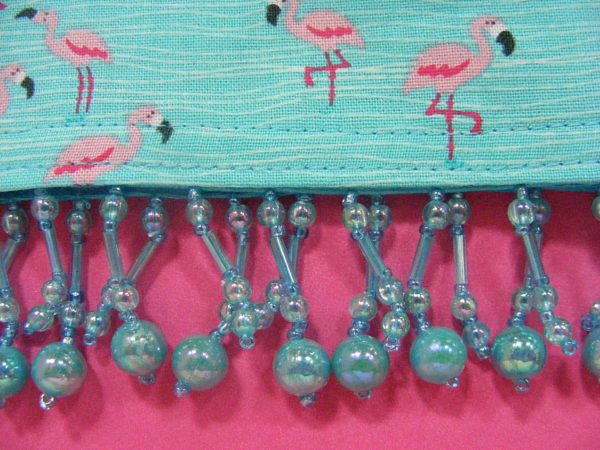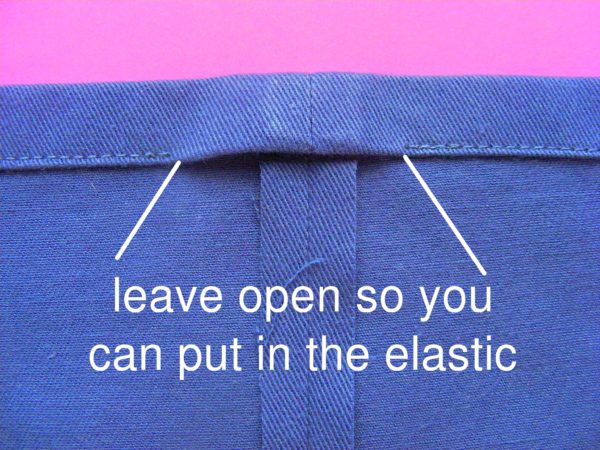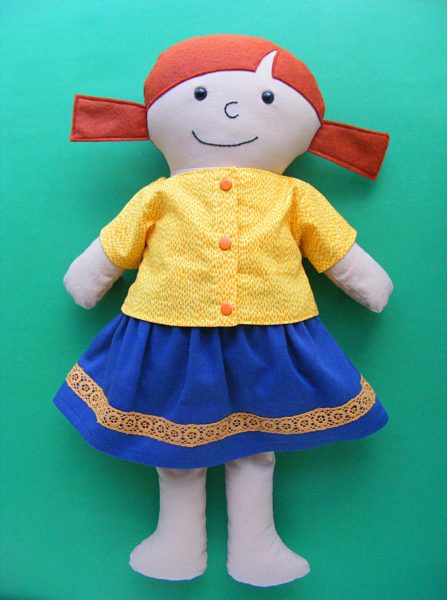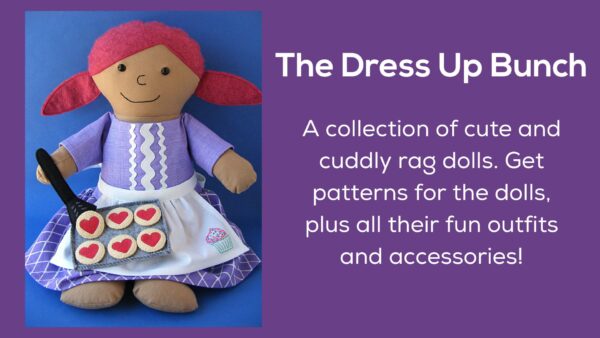Here’s a free bird applique pattern for you to play with!
The Chirp Quilt pattern has thirteen different applique birds in it.
I usually do twelve, but this time I added one more because I wanted to balance out right, left and forward facing birds.
So I decided to make one of the blocks available as a free bird applique pattern – and I let you all choose which one would be free!
Thanks so much to everyone who voted!
The winner was Buzz, this cardinal-ish, blue jay-ish bird. 🙂
Here’s how to make him. (This video shows all the steps for working with fusible adhesive – if you’ve never done it before you’ll find it helpful.)
Step 1
Download the template pieces here.
Step 2
Trace or print the pattern onto the paper side of the fusible adhesive.
I use this printable fusible adhesive so I just printed out the page. No tracing!
The image has already been reversed, so just trace or print. If you’re tracing, be sure to trace the eye too. You’ll need that there for Step 6.
Step 3
Rough cut around each shape.
Leave a little bit extra all the way around - a little extra extra (at least 1/4 inch) where there’s a dotted line - the base of the tail and the edge of the beak.
Step 4
Fuse each pattern piece to the wrong side of the fabric.
Step 5
Cut around each piece. Cut directly on the solid lines.
Leave a little seam allowance on the dotted lines - the base of the tail and the beak will tuck under the main body piece.
Step 6
Remember when I told you to make sure you traced the eye in Step 2? Now you’re going to use that. Hold the face up to a window so the light shines through it. You’ll be able to see the eye, and the adhesive will stabilize the fabric so you can trace on it without it crinkling up.
I traced just inside the eye.
This eye is pretty small. You can absolutely do it with applique, but if you prefer, you can use fabric paint or markers. This post has more info.
Step 7
If you’re doing Quilt As You Go (I did) then you can quilt your block before adding the applique. So easy!
Cut your background fabric and a piece of 100% cotton batting 11 inches square.
Layer the block with a piece of 100% cotton batting. Quilt any pattern you like!
Find all the Quilt As You Go tutorials here.
If you’ll do the quilting later, simply skip this step.
Step 8
Peel off the paper backing and arrange the pieces on a background block. Tuck the tail and beak behind the body.
Remember - all the dotted lines indicate where pieces tuck behind other pieces.
Fuse the pieces in place.
Step 9
Stitch around all the pieces.
I just did simple straight line stitching in black thread. I love the cartoony effect. This video has some tips for outlining those tight curves.
Done!
One bird applique pattern – complete!
If you’re making a one-block project, go ahead and finish it up.
If you’re making a bunch of Buzz blocks to join into a quilt - have fun!
What can you do with just one block pattern? Tons of things! Check out this page I’ve been slowly building – 100 Things to Do with an Applique Pattern. 🙂
Have fun! And share a photo of what you make! You can share it in the Shiny Happy People group or tag it with #shinyhappyworld on Instagram.
If you like this free pattern, sign up for the Shiny Happy News! Subscribers get a weekly newsletter full of sewing tips and tricks, free patterns, special discounts, and other things to make you smile. 🙂
Happy sewing!

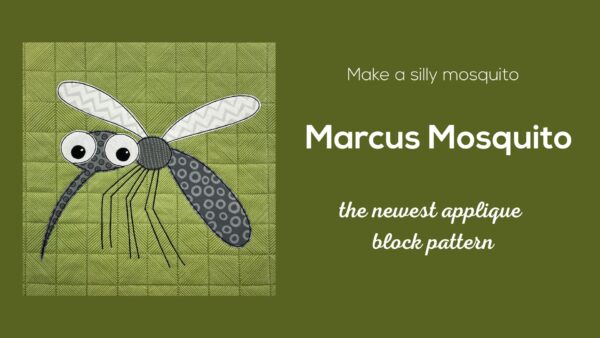

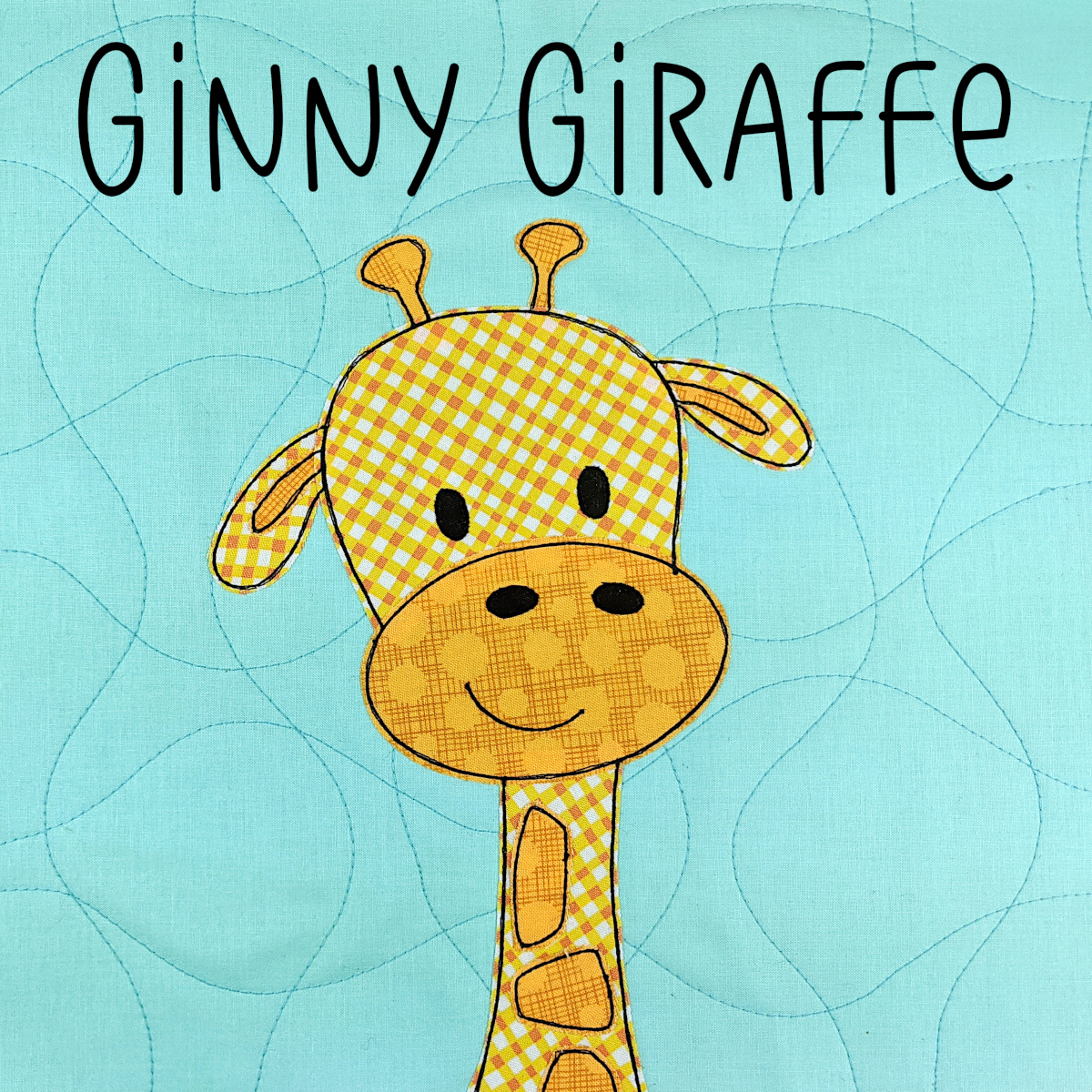
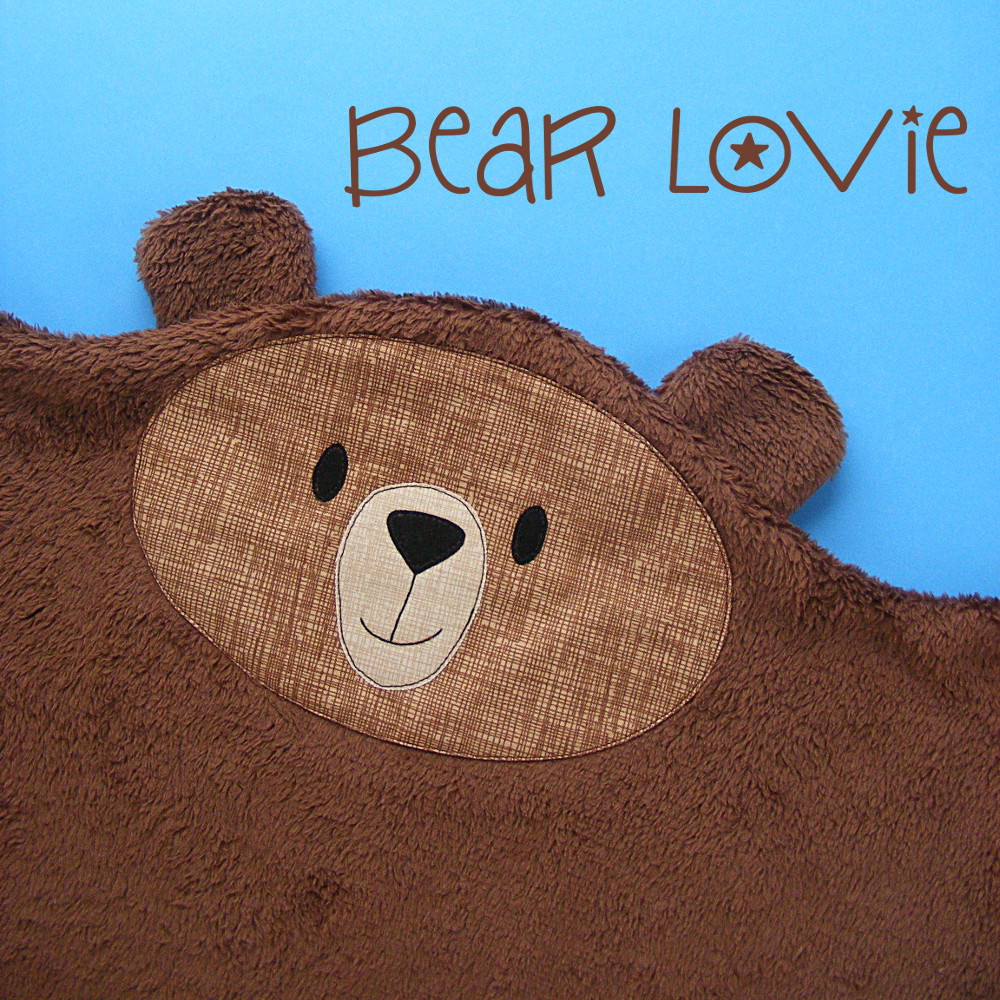
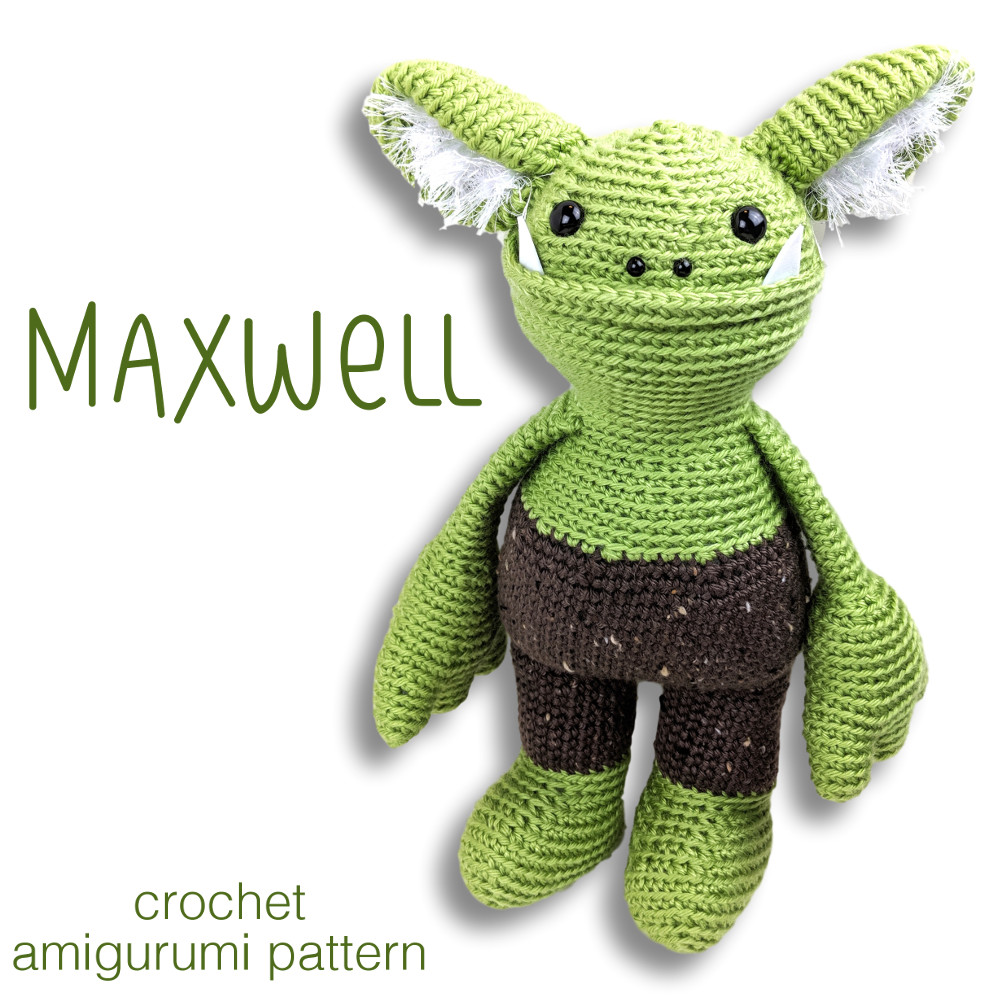
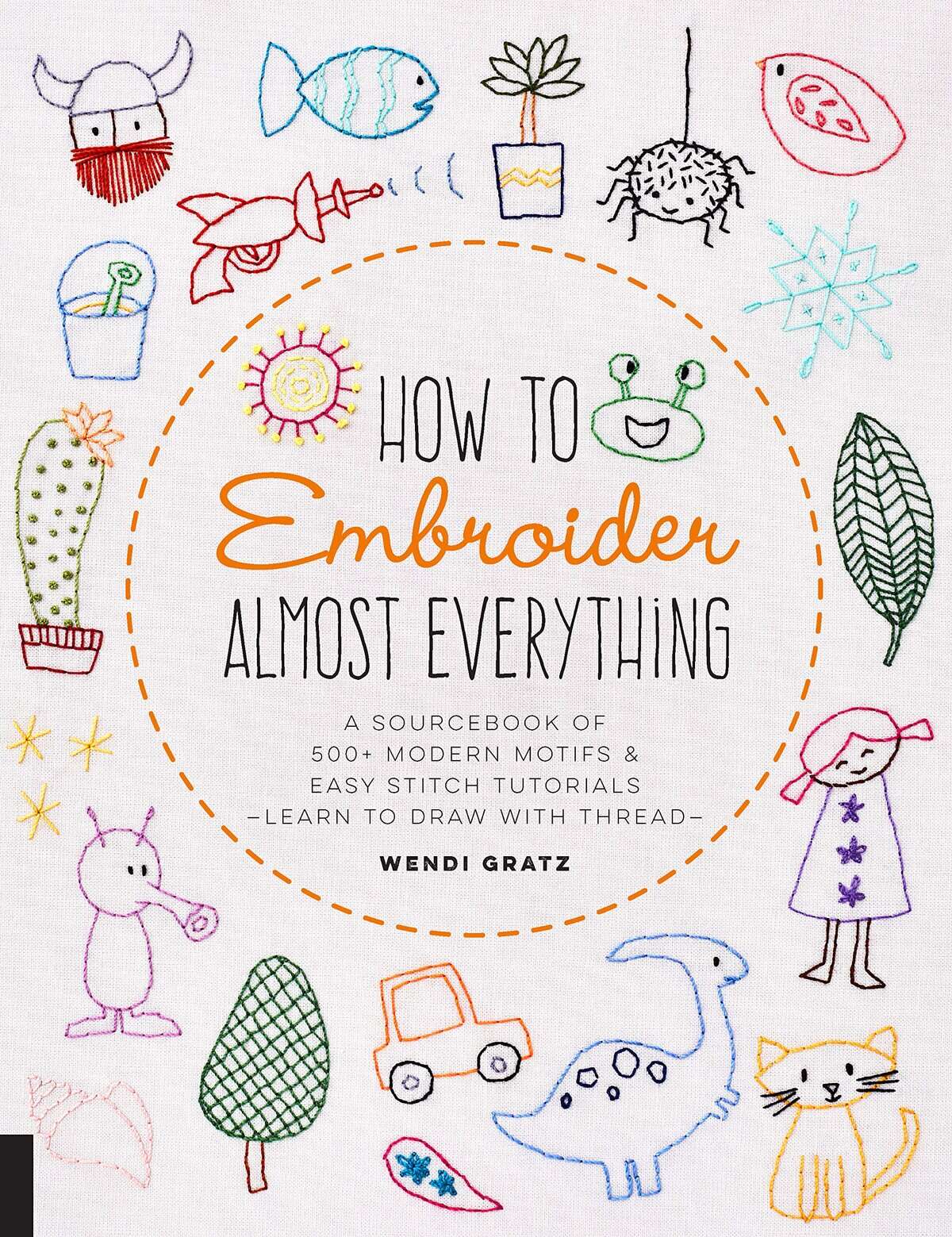
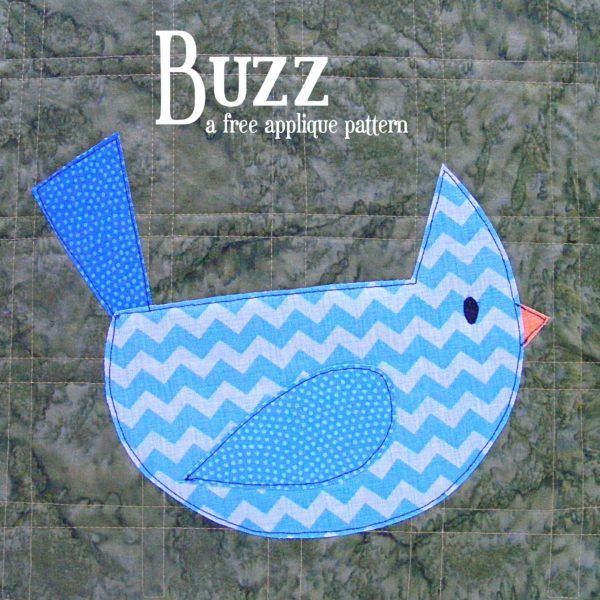
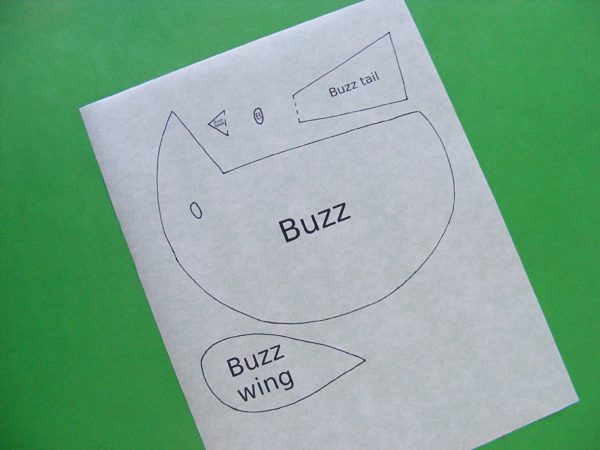
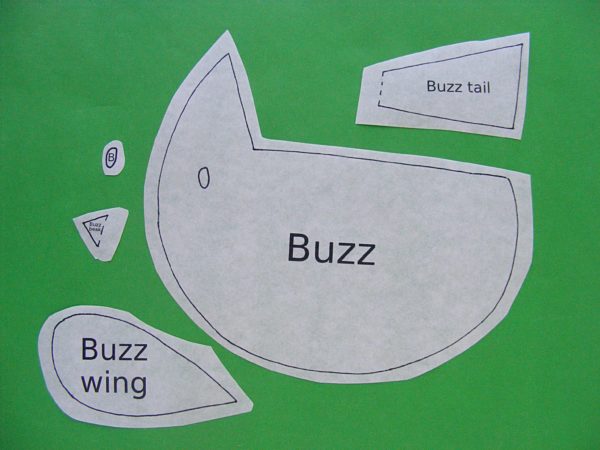
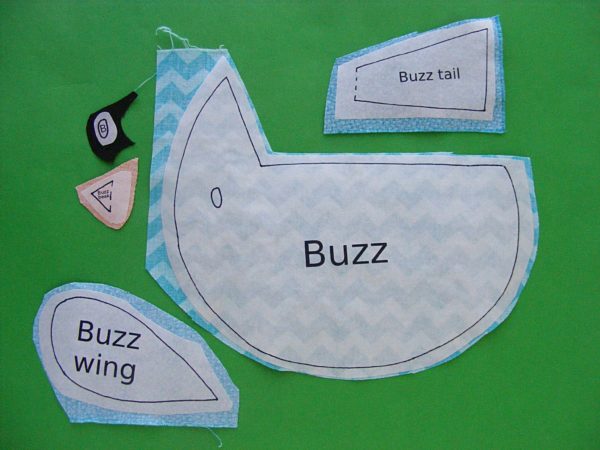

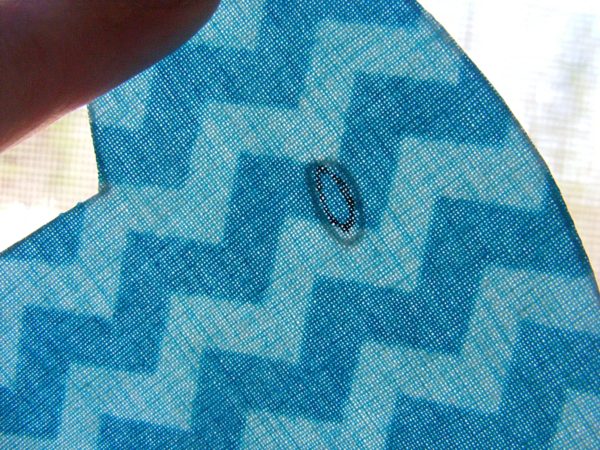
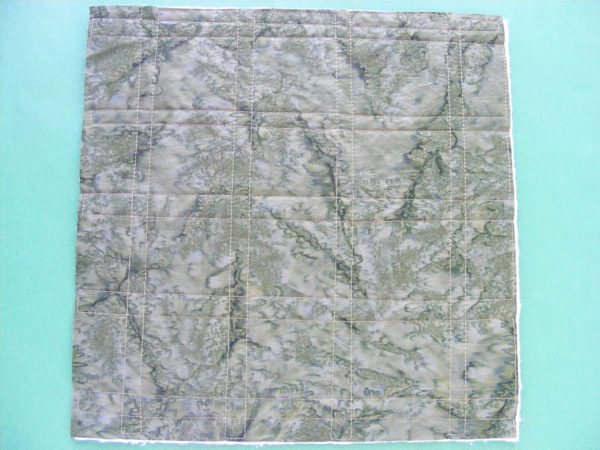
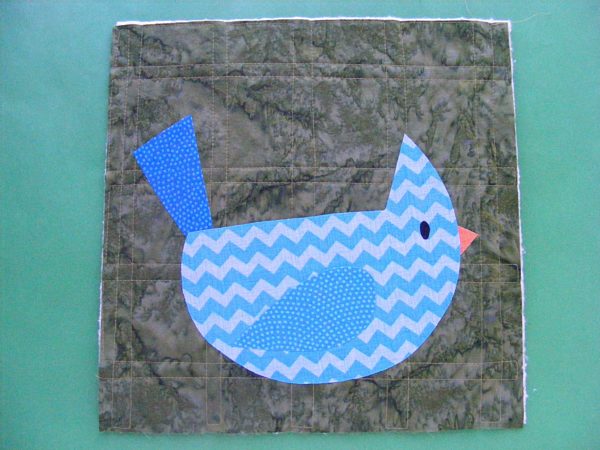
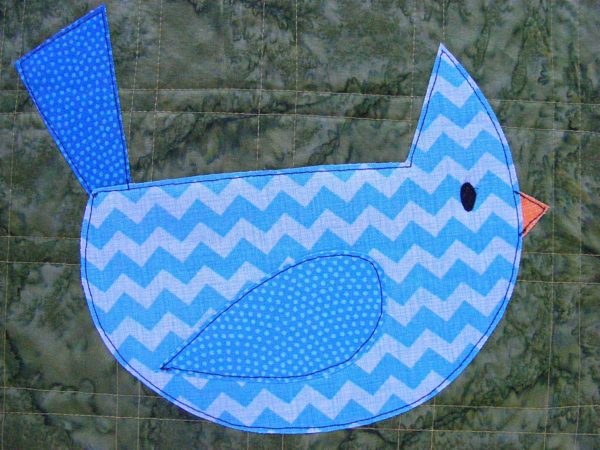
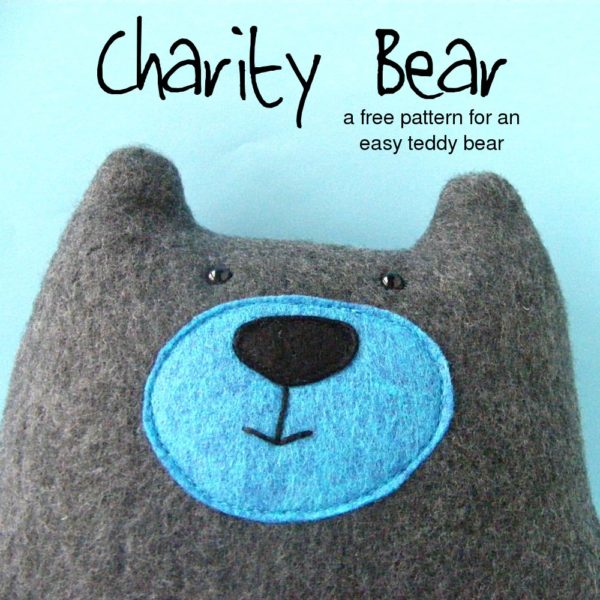
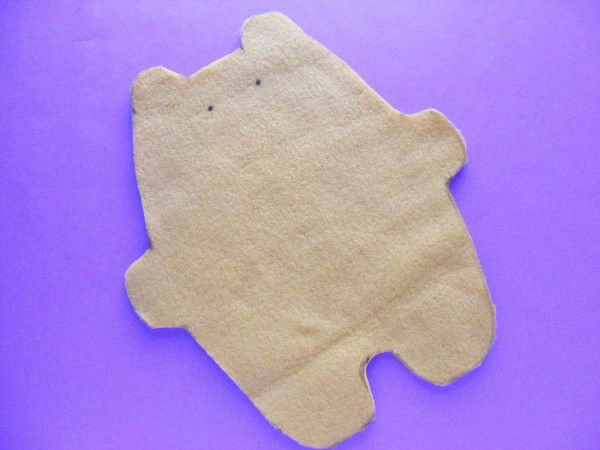
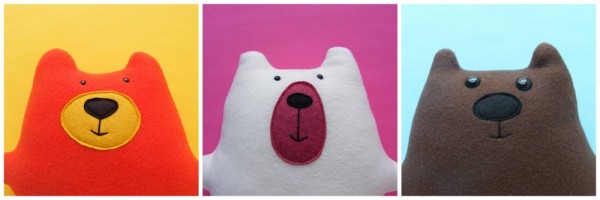

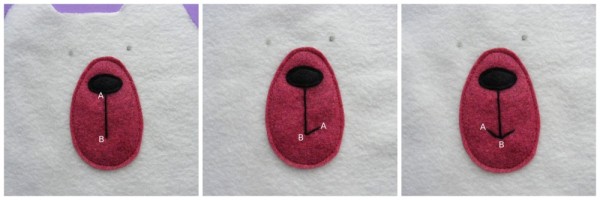
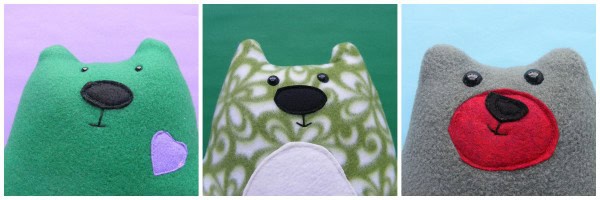

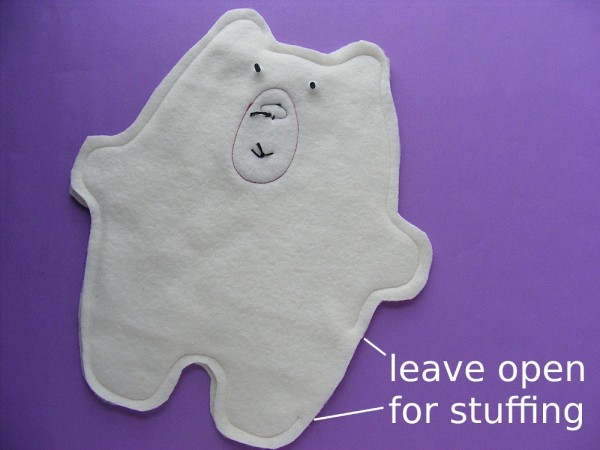
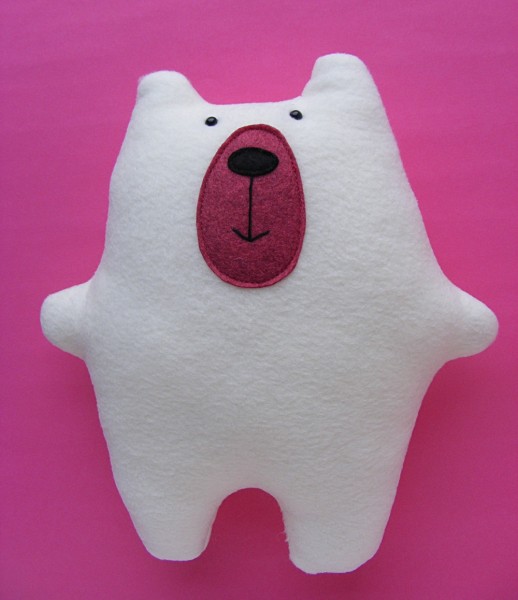

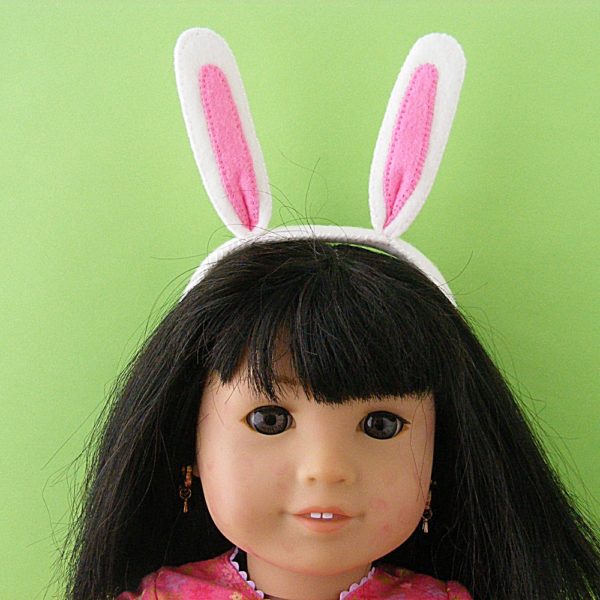
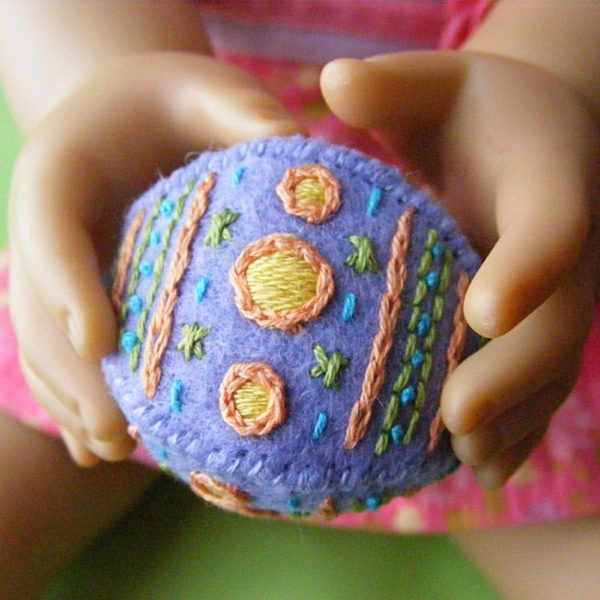
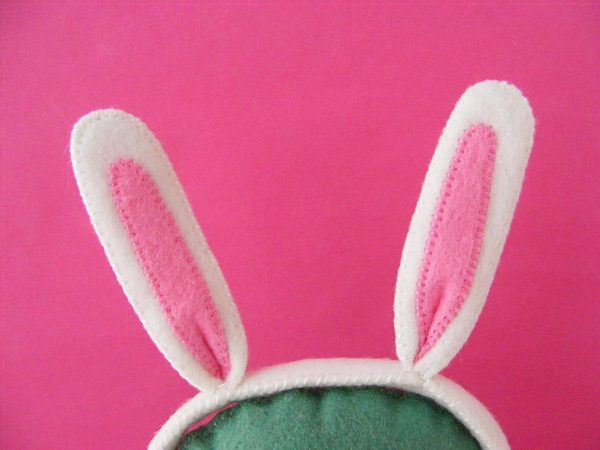
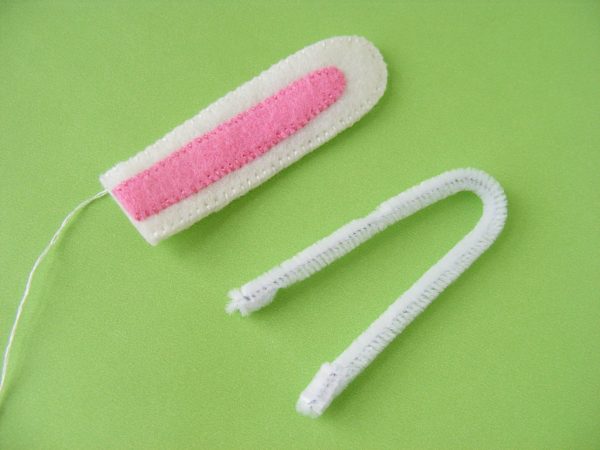
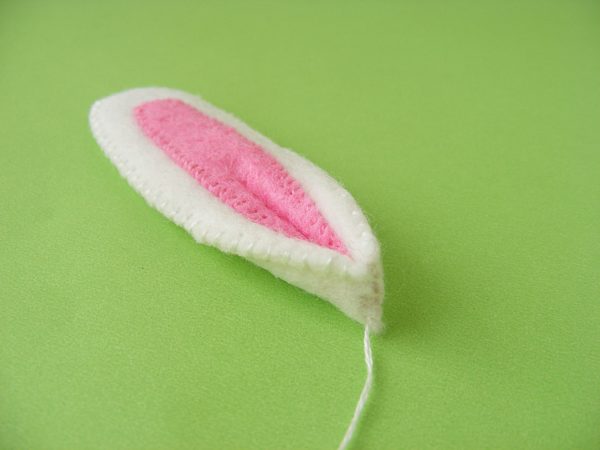
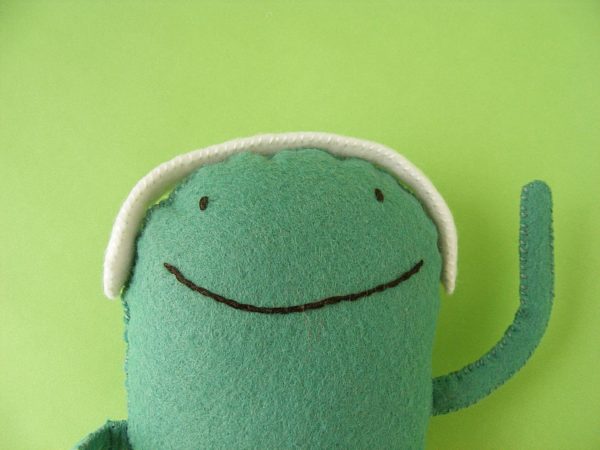
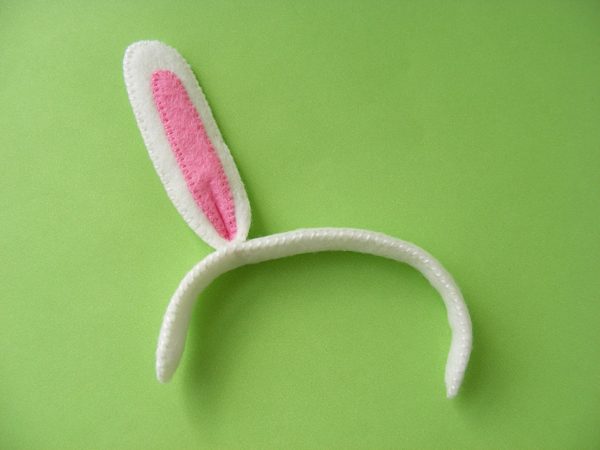
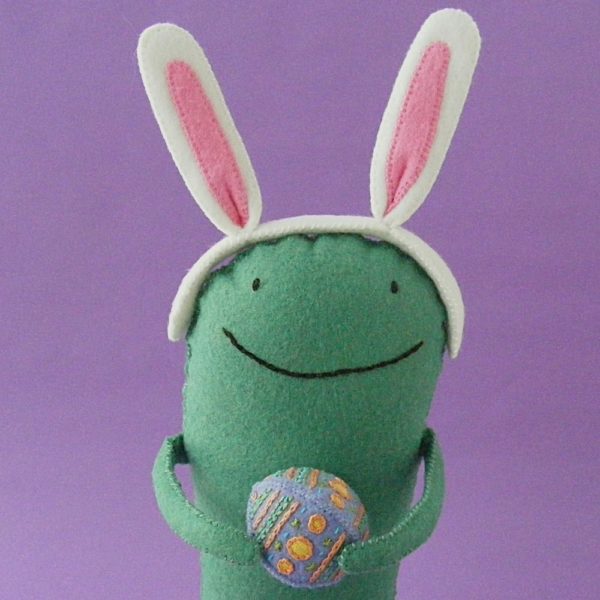
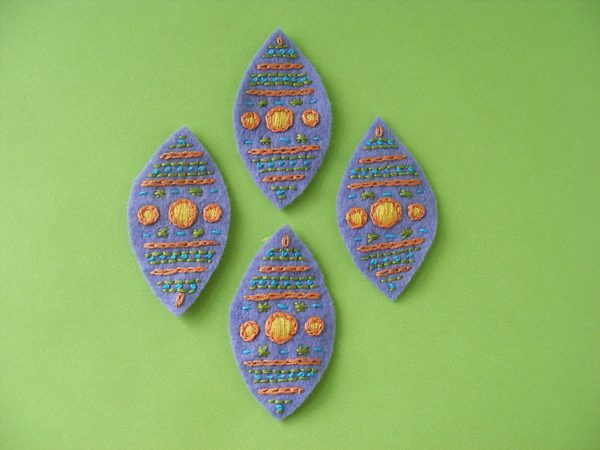

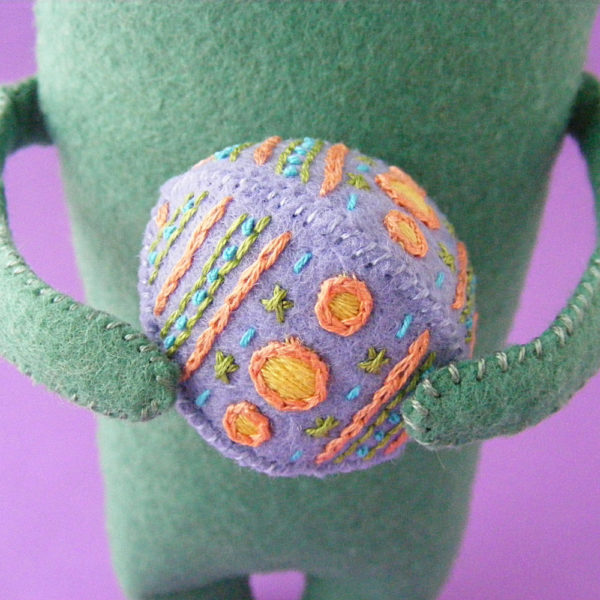
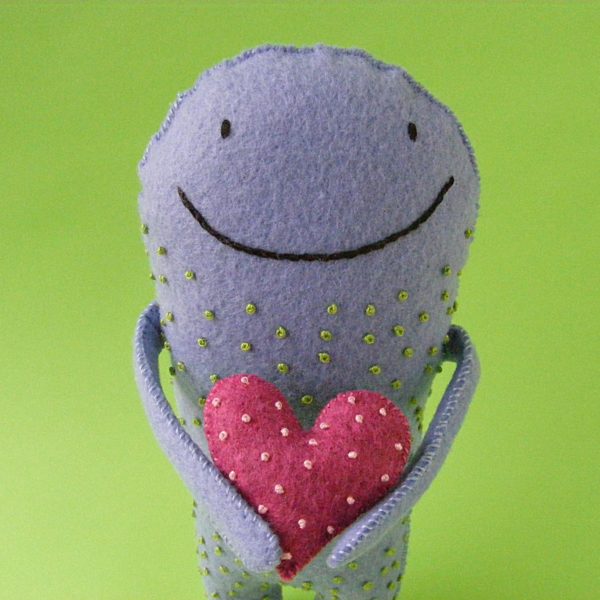
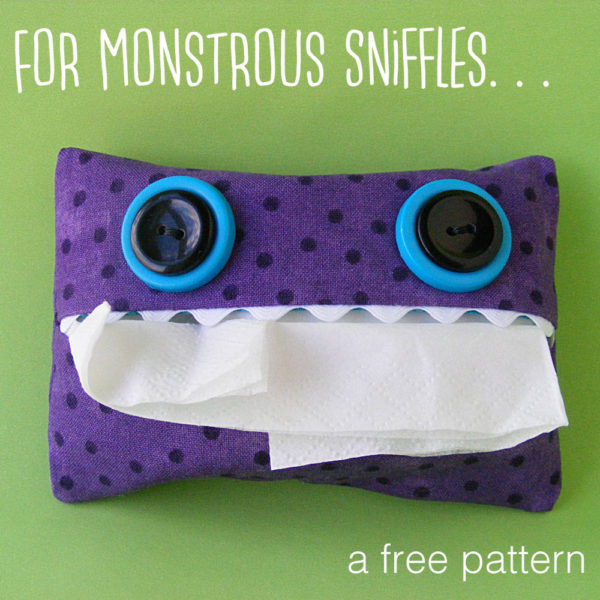

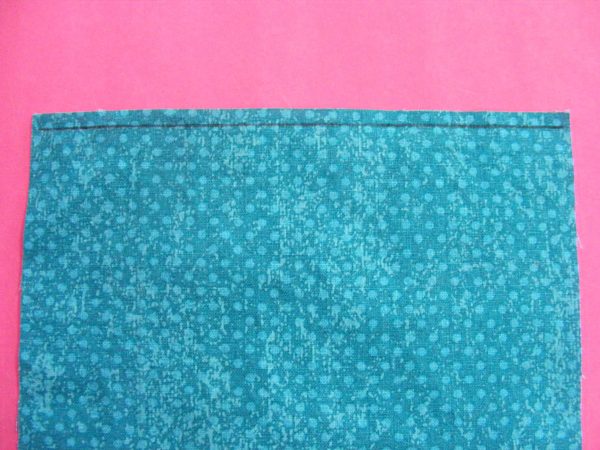
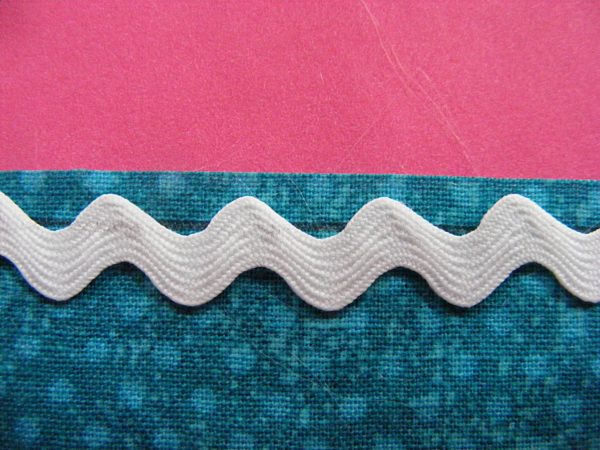
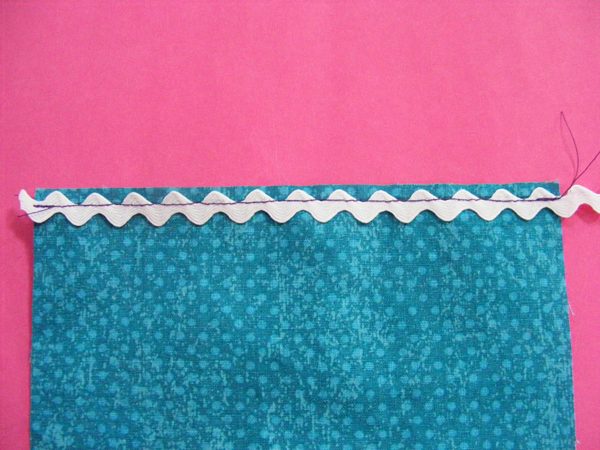
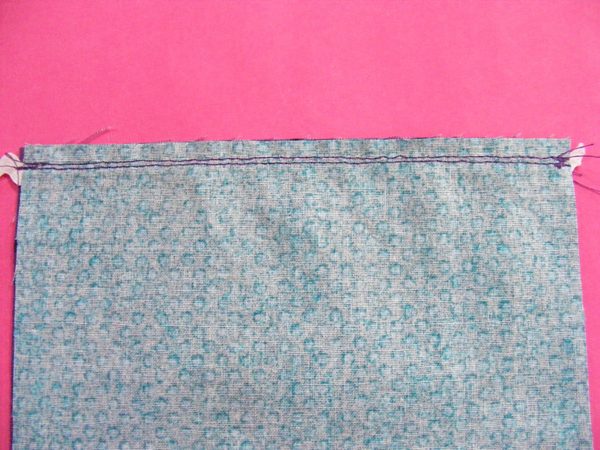
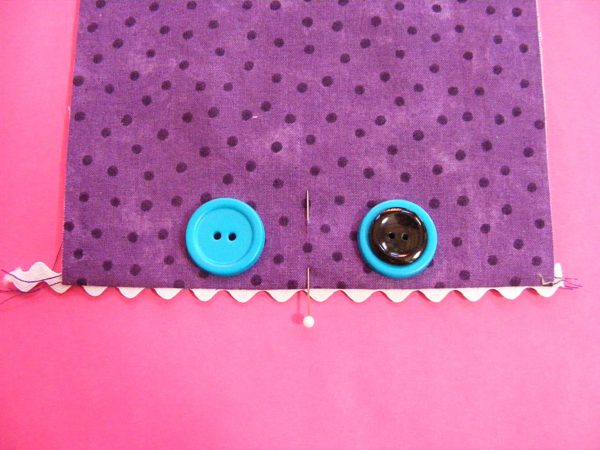
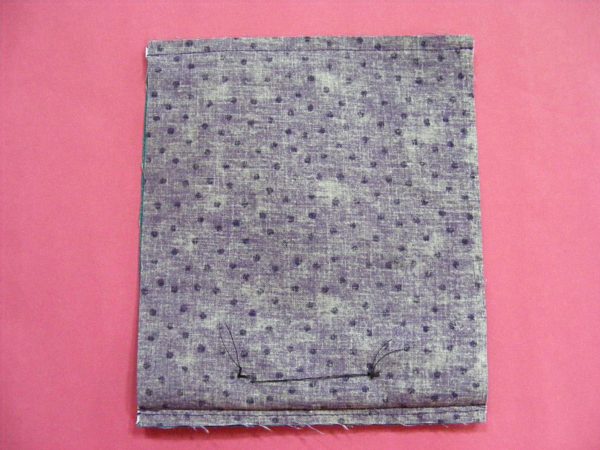
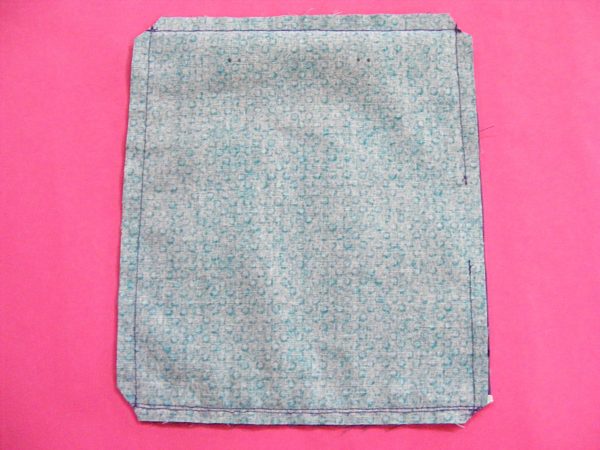
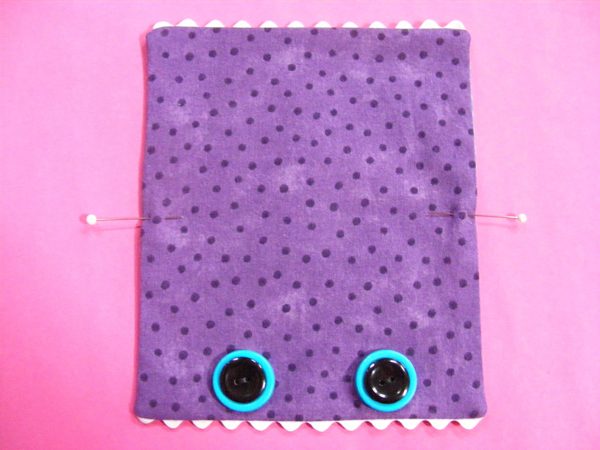
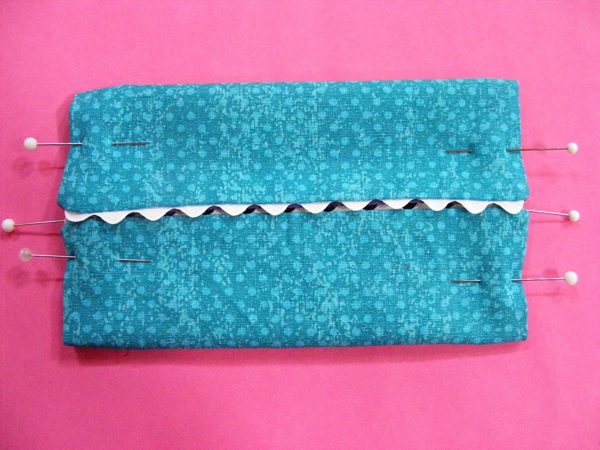
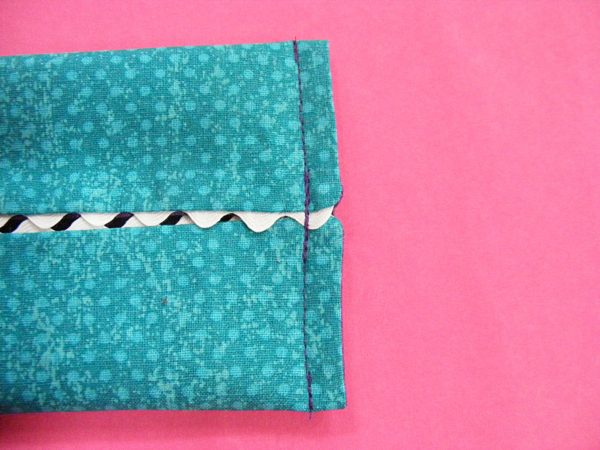
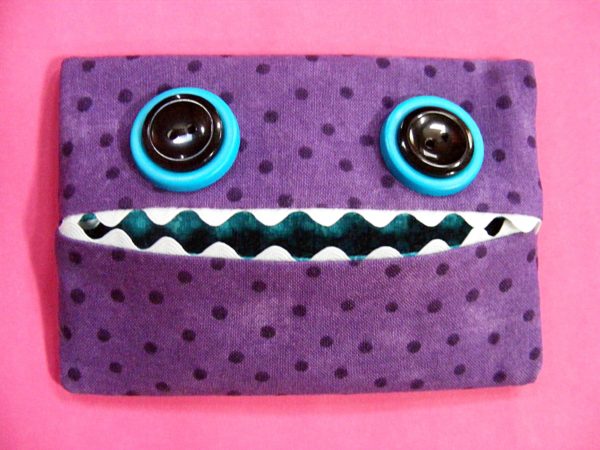
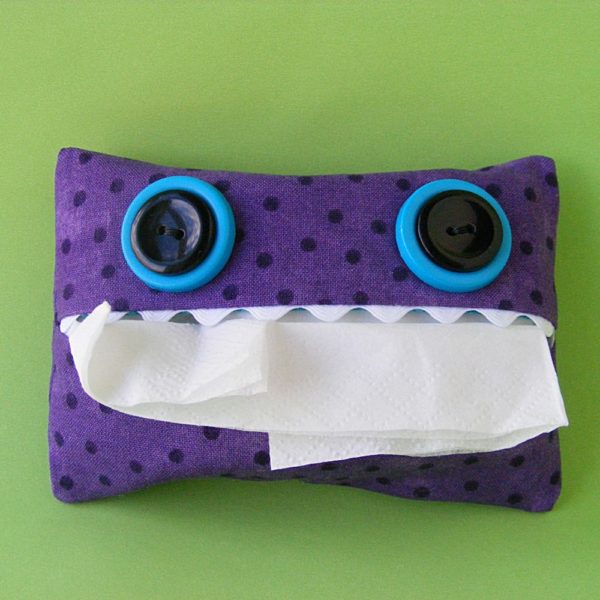
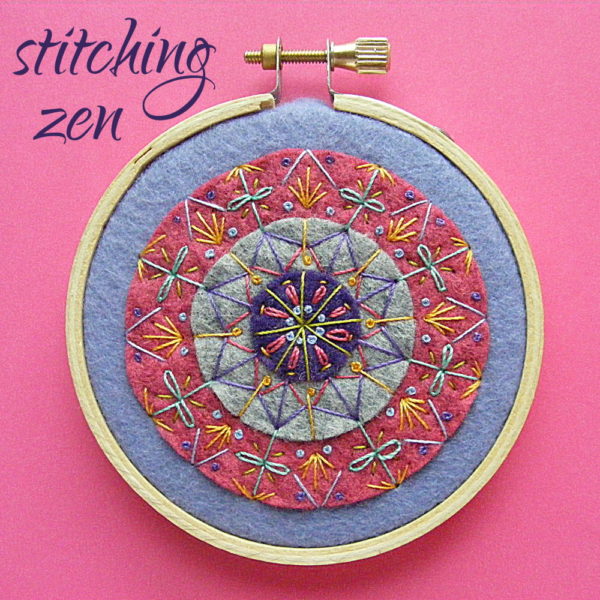





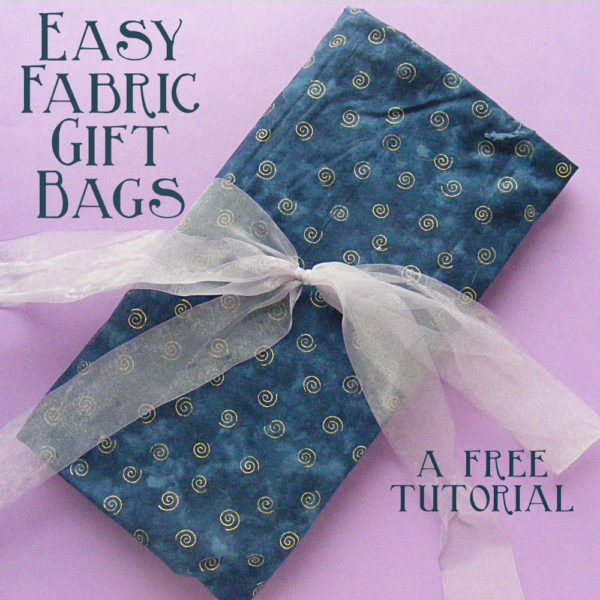



 Done!
Done!